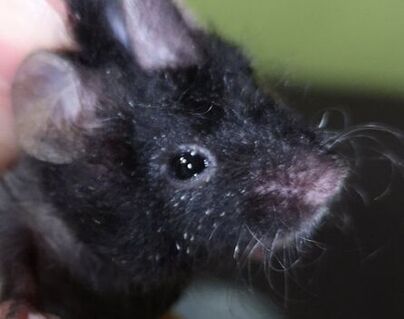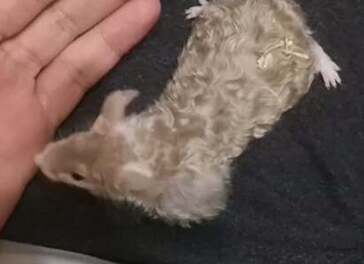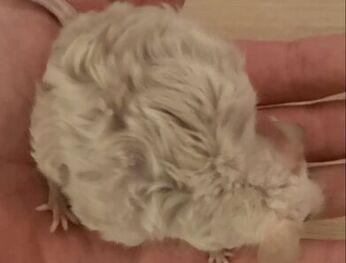Basics of Caring for Mice
Table of Contents
1. How Many Mice, What Gender?
Mice are social animals, regardless of their gender. However, males (especially those from breeding farms not selected for temperament) can be territorial and aggressive towards other males.
For this reason, if they are not siblings or have not been kept together from a young age, it is recommended to keep them separately. Nevertheless, they are still social animals, so humans should devote a lot of time to them. Neutering males is also an option, which I recommend. Neutered males have a chance for a happy, social life and are usually more inclined to bond with their caregivers than females.
Female mice should be kept in groups (preferably at least 3), and the number of mice in a group should be appropriate for the size of their living space.
In general, there are not significant differences in the behavior of males and females. I always recommend mixed groups - neutered males with females. :)
2. Cage (or Other Types of Housing)
The recommended minimum habitat dimensions for mice in Poland are as follows:
2 - 4 mice - 60cm x 40cm (although starting with around 70cm x 40cm is recommended)
5 - 8 mice - 77cm x 47cm
9 - 12 mice - 100cm x 50cm
The larger the cage, the better (except when keeping males together, where a large space can provoke fights). The given dimensions are only approximate, and there is no need to adhere to them down to the millimeter. The maximum spacing between bars is 1cm, but 7mm or less is recommended. Additionally, the space should be filled with various toys and hiding places to make the mice feel secure. The number of animals in the group should increase proportionally with the size of the cage. Two mice in a 100x50cm cage may feel uncomfortable.
Type of Cage?
There are many options: cage, tank, aquarium, terrarium, plastic box (like the 130L Samla from IKEA).
Choose what suits your preference.
10. Veterinary Care
Unfortunately, not every veterinarian is knowledgeable about treating rodents. Visiting a veterinarian without experience in this field can often be a waste of time and money and may even lead to the death of your pet. Therefore, you should seek specialists in caring for non-domesticated or laboratory animals.
✔ You can find a map with recommended veterinarians in the "Mice" group!
With mice, you should go to the vet when something is wrong or if something is worrying you. Any changes in the mouse's appearance, behavior, or sounds should prompt a visit. The sooner we detect an illness, the better the chance of treating the mouse.

Abscess behind the ear

Eggs of lice in the mouse's fur

Growing tumor

This mouse is not pregnant. She had a tumor blocking the passage of food in her intestines.
Text: Karolina Patalan, Mysigonek
